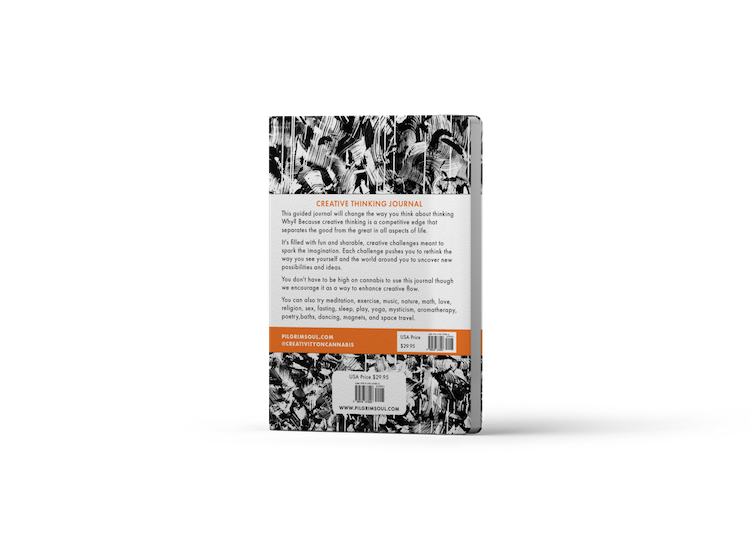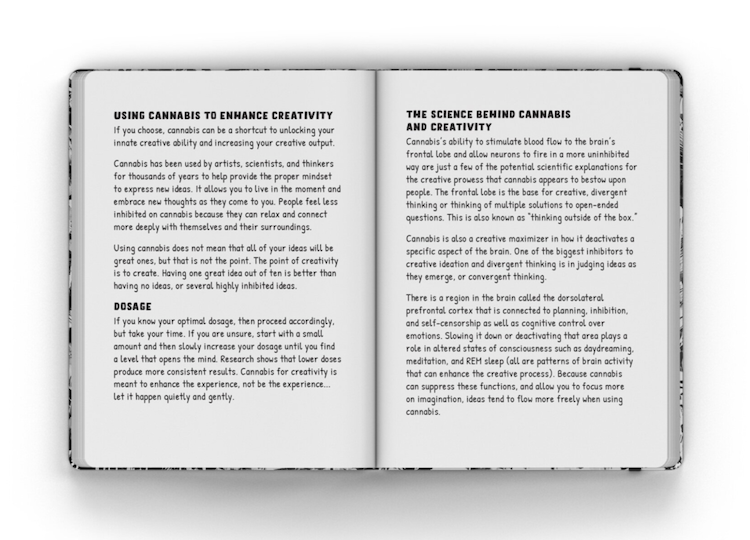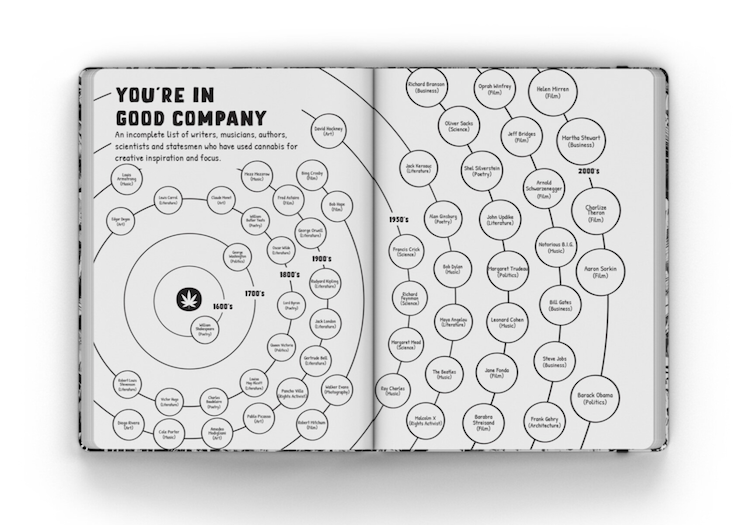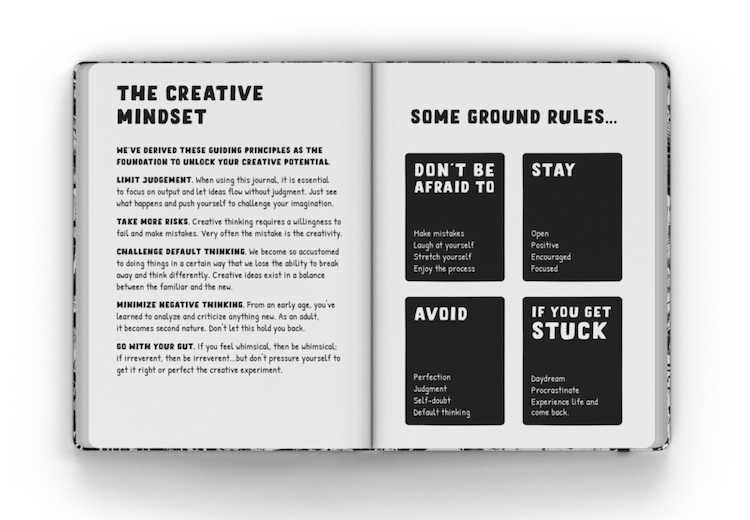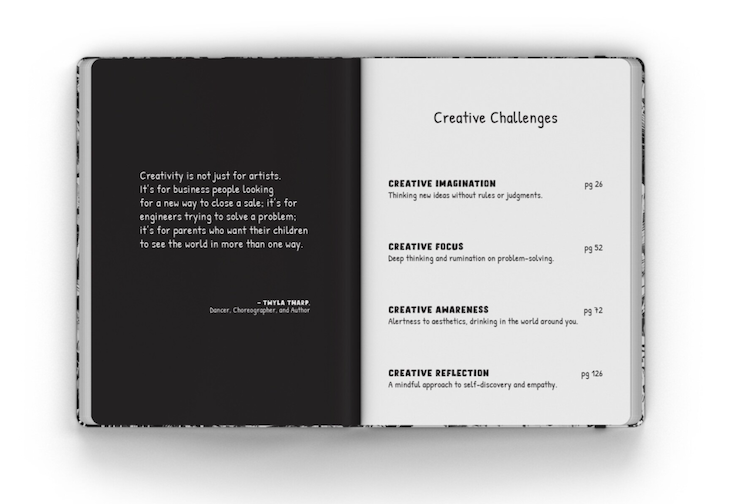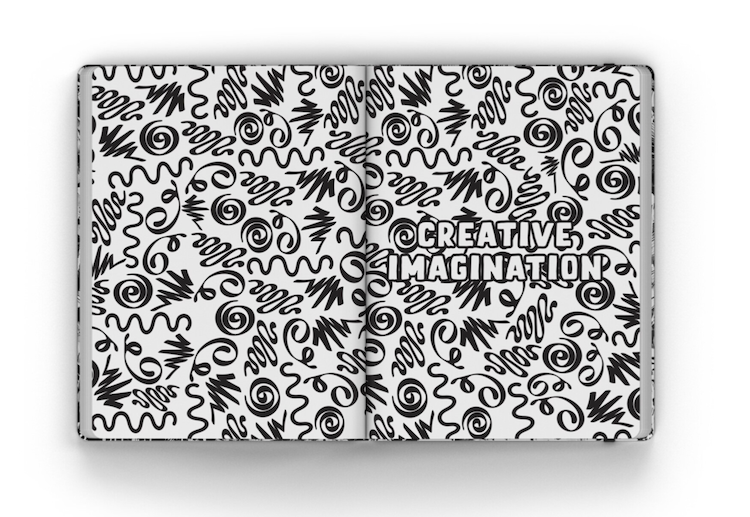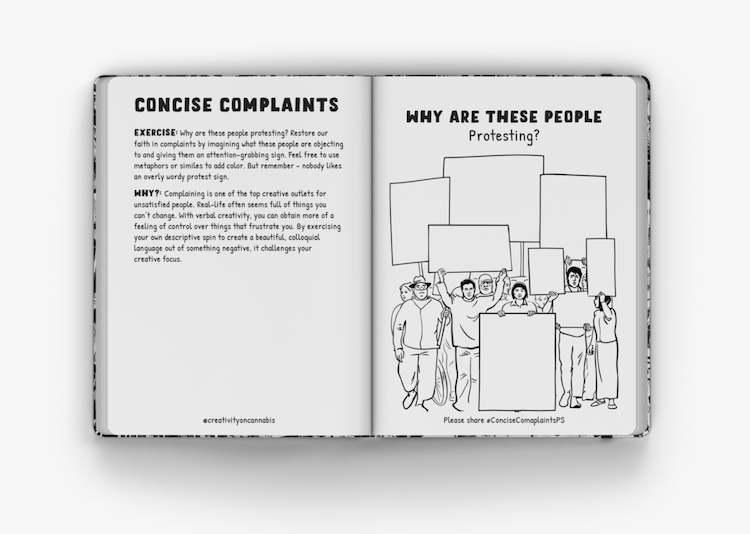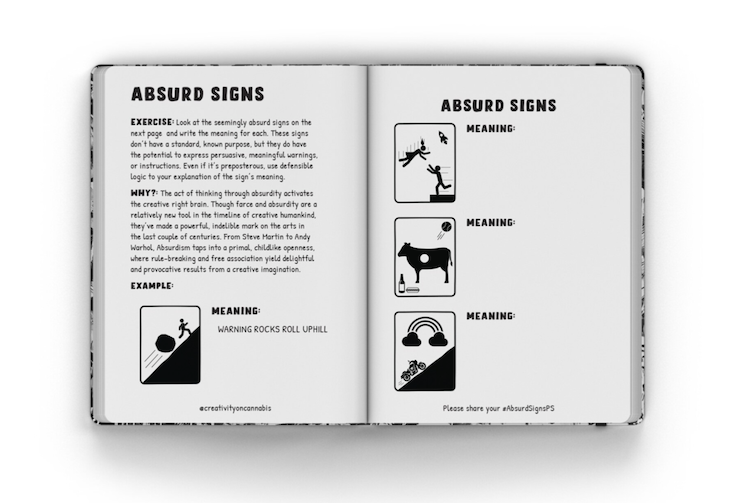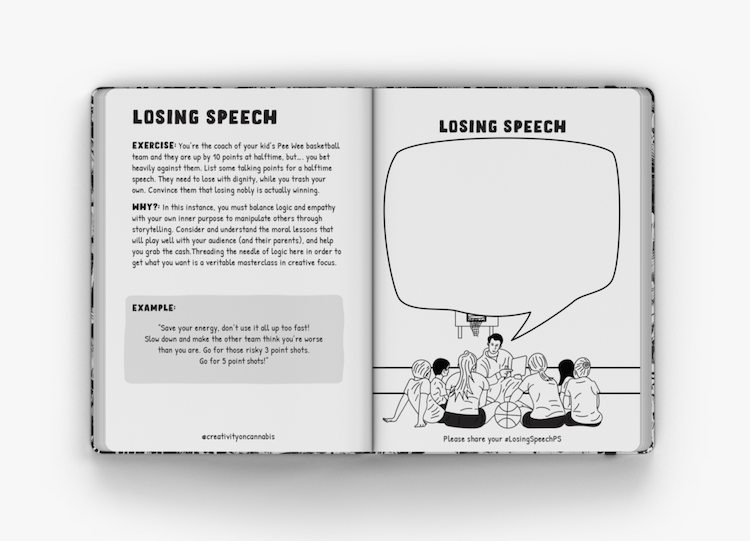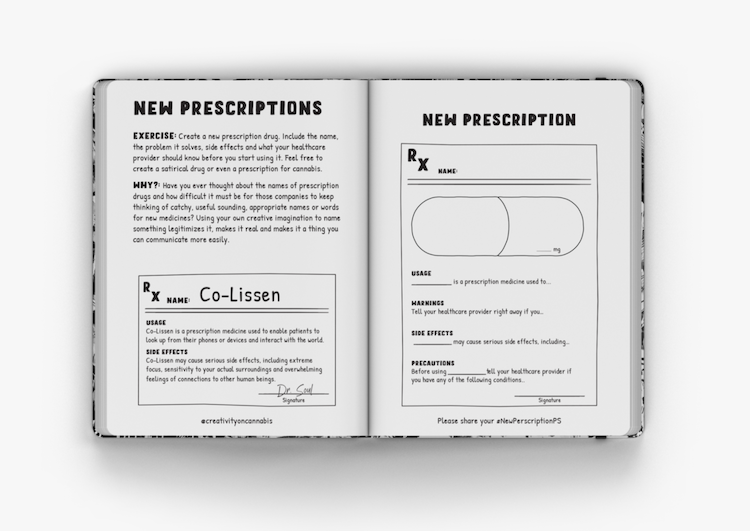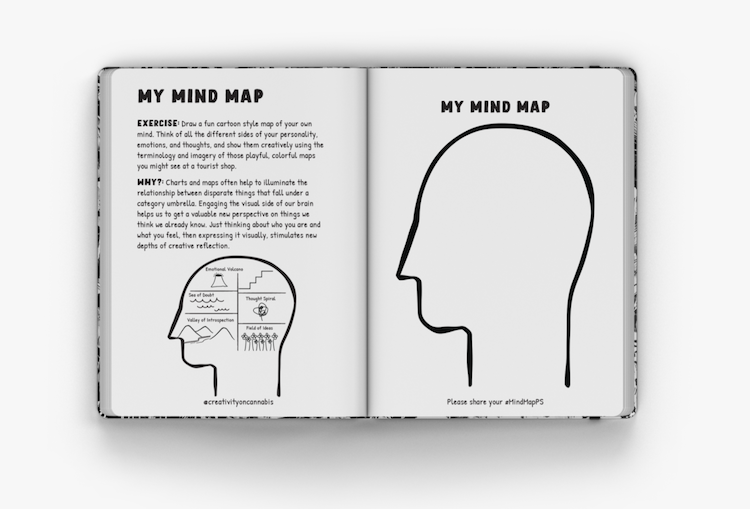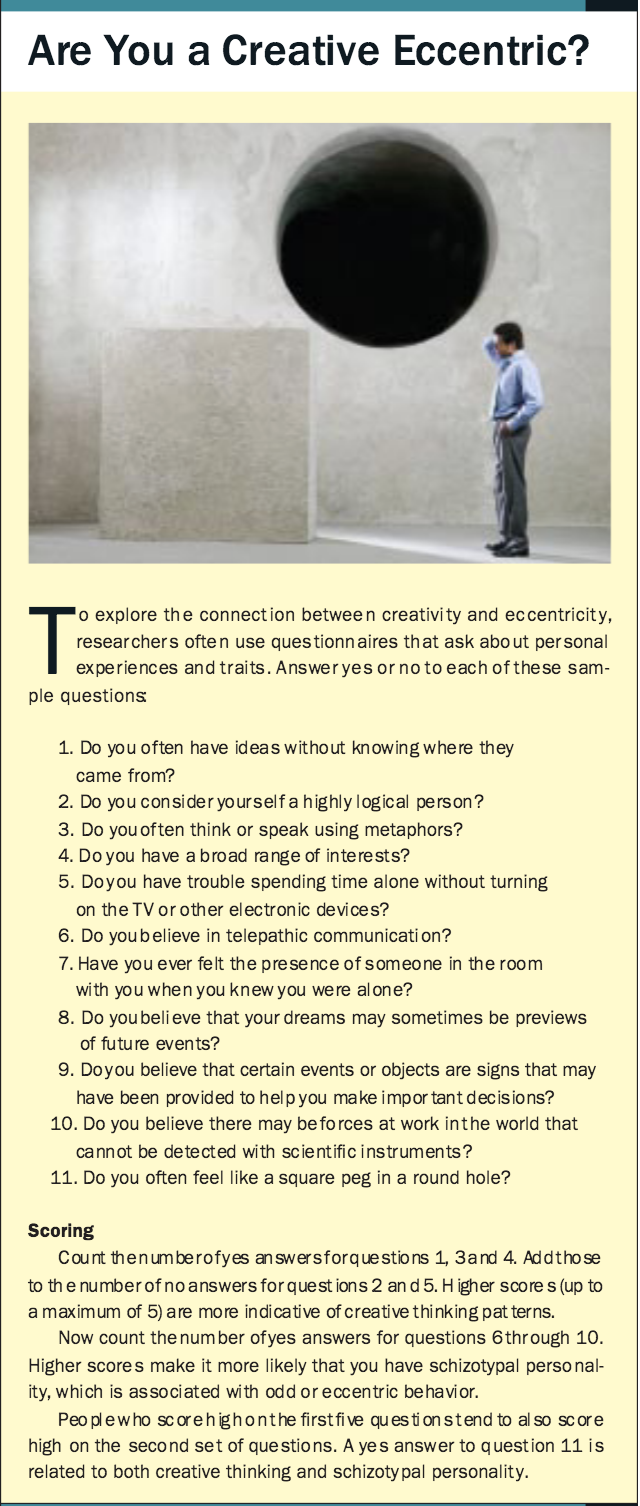Why Creative People are Eccentric
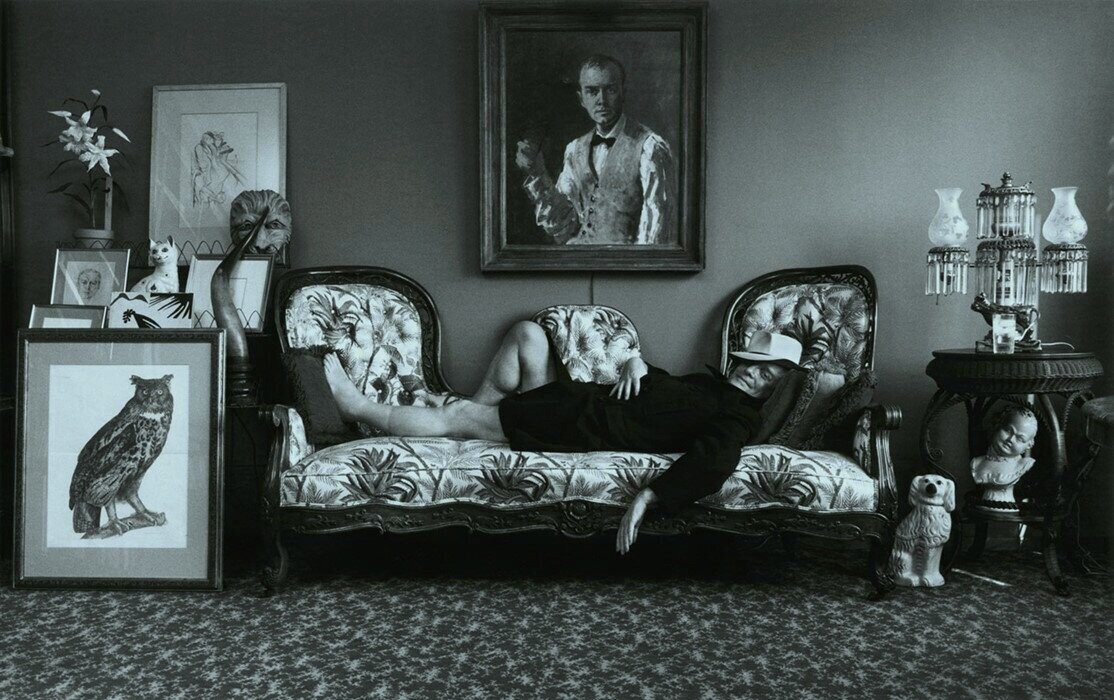
Why is it that highly creative people often seem different than the rest of us? Dr. Shelley Carson, who researches creativity, psychopathology, and resilience at Harvard University, tries to answer this question in the May/June 2011 issue of Scientific American.
Salvador Dali
In Carson’s article, titled The Unleashed Mind, she looks at how creativity and eccentricity are often linked. This is shown throughout history from famous creatives who had slightly odd behavior. Carson gives the example of Albert Einstein, who used to pick cigarettes butts off the ground and use the tobacco for his pipe or Charles Dickens who believed he was being followed by characters from his novels. This realization goes back as far as Plato and Aristotle, who both noted that poets and playwrights often had peculiar behavior.
Recent research shows that people who are creative and eccentric may be that way because of how the brain filters incoming information. Researchers use creative achievements — like a person’s participation in creative activities or their ability to think creatively — to measure a person’s creativity. They usually measure eccentricity by using scales that assess a schizotypal personality.
A schizotypal personality is a milder version of schizotypal personality disorder, which researchers have often diagnosed in the relatives of people with schizophrenia. A schizotypal personality can appear in different ways, such as magical thinking, unusual perceptual experiences, disinterest in social contact and mild paranoia.
“Schizotypal people, for instance, may dress in an idiosyncratic style; their speech patterns may be somewhat out of the ordinary; they may respond ineptly in social situations; their emotional responses may be inappropriate; they may believe in supernatural phenomena such as telepathy and omens, and they may be hard to get close to—both physically and emotionally. In short, schizo-types are eccentric,” Carson writes in the article.
Check Out Our Best Selling Journals
The Original Creative Thinking Guided Journal
The All-Ages Creative Thinking Guided Journal
But not all schizotypal people have a personality disorder. Carson says many people with these traits are often high functioning, talented and intelligent.
Since researchers started identifying the connection between creativity and eccentricity, they’ve also looked to see if these traits are genetic. Although we don’t know for sure, there’s a lot of evidence that there is a genetic component when it comes to people displaying traits associated with schizotypy. Carson lists several studies in her article, starting as early as 1966, that show a link. Relatives of someone with schizophrenia will often inherit unconventional modes of thinking and perceiving associated with the disease, but not inherit the disease itself. In one study, children adopted away from their schizophrenic biological mothers at birth were more likely to pursue creative careers and interests than those adopted away from biological mothers who were not schizophrenic.
In Carson’s own research at Harvard, she found that participants who score high in a measure of creative achievement in the arts are more likely to endorse magical thinking, like belief in telepathic communication and memories of past lives.
So how can magical thinking and other schizotypal personality traits make a person more creative? Carson argues that they don’t.
“…these manifestations of schizotypal personality in and of themselves do not promote creativity; certain cognitive mechanisms that may underlie eccentricity could also promote creative thinking, however,” she writes.
One of these “mechanisms,” Carson says, is cognitive disinhibition, which is the failure to ignore information that is irrelevant to current goals or to survival. All of us have mental filters that sort out all of the information coming into our brain so we’re not overwhelmed with thoughts, sights, smells, and noises. But schizotypal and schizophrenic individuals have reduced functioning of one of these filters, according to research. The filter is called latent inhibition or LI. When someone has reduced LI, the amount of unfiltered stimuli that reach their conscious awareness is increased, which can lead to hearing voices or seeing imaginary people. Cognitive disinhibition can also bring ideas forward that may be at the back of one’s mind, making a person have an aha! experience or a particularly unique idea.
Just because someone has schizotypal personality traits does not mean they’re a creative genius, however. Carson says there are a lot more factors to consider. A person who has cognitive disinhibition must also have cognitive abilities associated with a high level of functioning, such as a high IQ and high-working memory capacity. These qualities help a person sort through all of the extra information coming into their brain without being overwhelmed by it.
A lot of the time, people who are creative and eccentric feel out of place, like a “square peg in a round hole,” as Carson notes. But she thinks the plight of the eccentric creative may be improving. More and more companies are valuing creativity and innovation. She says it’s high time, as we owe a lot to the square pegs of the world.
“The creative efforts of eccentrics add richness, beauty, and innovation to the lives of those of us who have fit somewhat more comfortably into our round holes,” she says.
To learn more about Dr. Shelley Carson and her research on creativity and the brain, visit her website.
Learn How to Unlock Creativity
Unleash Your Inner Eccentric

